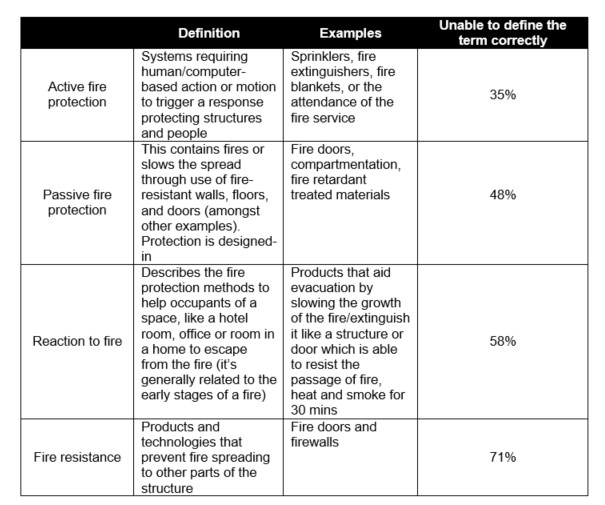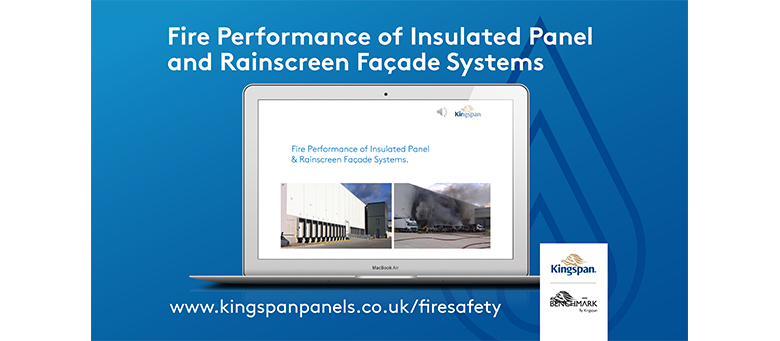The government is inviting views on a new building safety regime, as it seeks to bring forward new legislation to keep residents safe.
The Grenfell Tower fire on 14 June 2017 resulted in the greatest loss of life in a residential fire in a century. It shattered the lives of many people and shook the trust of countless more in a system that was intended to ensure the most basic human need of having a safe place to live.
Following research into building safety culture across the industry, it became apparent that too many in the building industry were taking short cuts that could endanger residents in the very place they were supposed to feel safest – their own home. That’s why the government commissioned Dame Judith Hackitt, an engineer and former chair of the UK Health and Safety Executive, to review the system and find out how it can be improved.
Dame Judith’s Independent Review of Building Regulations and Fire Safety made it clear that there needs to be a culture change in the industry, underpinned by changing how homes are designed, built, maintained and managed in the future.
Following the review, the government began analysing Dame Judith’s recommendations to understand what needed to be done to overhaul the system. To make sure residents are safe and feel safe in their homes, it became evident that the government needed to take forward all of Dame Judith’s recommendations and go further.
Having your say
In December 2018, the government published its plan to make building regulations stronger and more effective. The plan, Building a Safer Future, committed the government to ensuring that high-rise residential buildings are safe to live in.
The government intends to bring forward new laws to improve building safety. Before doing this, it has launched a consultation (see the quick read) on the details and invites your views over the next 8 weeks.
What the government is doing
The consultation proposes a stronger voice for residents of high-rise buildings to ensure their concerns are never ignored. This includes better information regarding their buildings so that they can participate in decisions about safety, as well as clear and quick routes of escalation for their concerns if things do go wrong.
Clearer accountability for building safety
Dame Judith recommended the creation of a system of ‘dutyholders’, people who will have responsibility for keeping residents of these buildings safe, and making sure building regulations are followed. Dutyholders will be responsible for keeping vital safety information about how the building was designed and built and is managed. This is known as the ‘golden thread’ of information and will be kept electronically for the entire life of a building, from its design to its place as a home for residents. The people responsible for this information will have to make sure it is up to date and that the right people can access it, including residents.
Powers and sanctions
If the people responsible for a building ignore their responsibilities, a new building safety regulator will have the authority to take enforcement action against them. This could include criminal and civil sanctions, like fines or imprisonment.
The building safety regulator will be responsible for overseeing the safety of new and existing buildings. Their strong focus will be on checking that safety is being properly considered and necessary safety measures are put in place when new high rise residential buildings are being designed and built, and that robust safety measures are in place for existing buildings.
The intention is that, as a result, the regulator and people responsible for a building’s safety will be working towards the common goal at the heart of the new regime – the safety of residents.
The government is also consulting on new ways of ensuring that construction products are safe and used properly.
Implementing clearer standards and guidance
For the building safety regulator to work effectively, clearer standards and guidance need to be produced. For construction products and systems standards, the government proposes creating a new standards committee to provide it with impartial advice on the new standards and guidance.
The government has also consulted on a full-scale technical review of the building regulations guidance on fire safety, known as Approved Document B. The intention is to improve accessibility and usability of the guidance by publishing a single, online searchable document of all the approved documents and guide to the building regulations so everyone in the industry is clear on how to use them.
Taking action
Following the Grenfell Tower fire, the government committed to reforming the building industry to make sure a tragedy like this does not happen again. The aim is for these building safety reforms to work together to improve safety by creating a culture change in the building industry.
The safety of residents is of the greatest importance and steps are already being taken to strengthen the power residents hold and ensure their views and concerns are listened to by those responsible for managing their buildings. This includes through the Social Housing Green Paper, New Homes Ombudsman and the recent call for evidence on how residents and landlords can work together to keep their building safe, and the Social Landlords Best Practice Group, capturing and sharing effective ways for residents and landlords to work together on building safety.
The government is funding the replacement of unsafe aluminium composite material cladding, like the type used on Grenfell Tower, from high-rise residential homes and has introduced a ban on combustible materials on the external walls of new high-rise buildings.
Residents, building owners, the construction industry and the fire safety sector are all encouraged to make their voices heard by participating in the consultation and helping shape the future of building and fire safety to make sure residents are safe and feel safe in their homes.
The Home Office has also launched a call for evidence on the Regulatory Reform (Fire Safety) Order 2005 in England. The call for evidence is the first part of a process to ensure that the Fire Safety Order is fit for purpose for all buildings it regulates.







